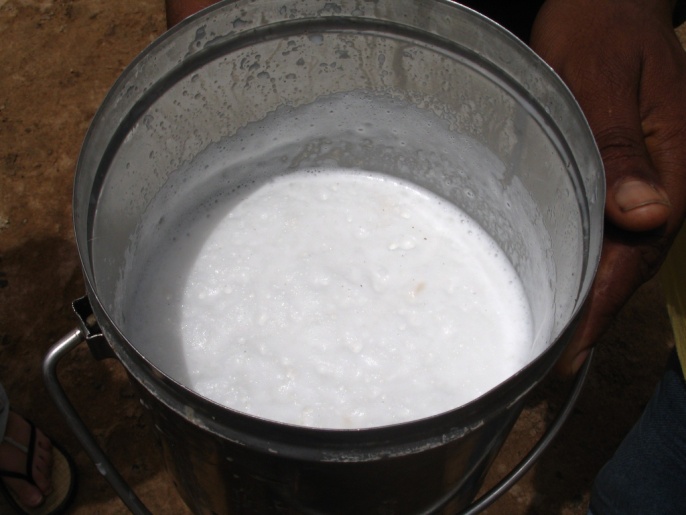
Lactase is a small intestinal enzyme which hydrolyses lactose, the main carbohydrate in milk. In many humans lactase activity declines after weaning whilst in others lactase persists into adulthood. This difference is genetically determined. Lactase persistence, as this is called, allows satisfactory digestion of significant quantities of fresh milk and is common in Northern Europeans and certain African and Arabian nomadic tribes. Lactase non-persistence, in which lactase is not present in adults, can cause diarrhoea and flatulence when significant quantities of fresh milk are drunk. We are interested in both the evolutionary and medical aspects of this trait.

Lactase persistence is associated, in Europeans, with one particular extended haplotype (A) of the lactase gene- for references see - (Liebert et al., 2017). A single nucleotide change located at -13910 from the lactase gene was shown by Enattah (2002) to be responsible, but this did not fully explain the variation in lactase expression. Our more recent studies found additional nucleotide changes in other populations (Ingram et al., 2007; Ingram et al., 2009; Jones et al.,2013), located on different haplotype backgrounds showing, together with functional studies (Liebert et al., 2016), and studies of others (Tishkoff et al., 2007) that there are multiple causes of lactase persistence worldwide. Epigenetic changes are associated with -13910*T (Swallow & Troelsen, 2016). The European variant can be found in Chilean goat herders and there is evidence that this has helped with adaptation to a milk rich diet (Montalva et al., 2019).

